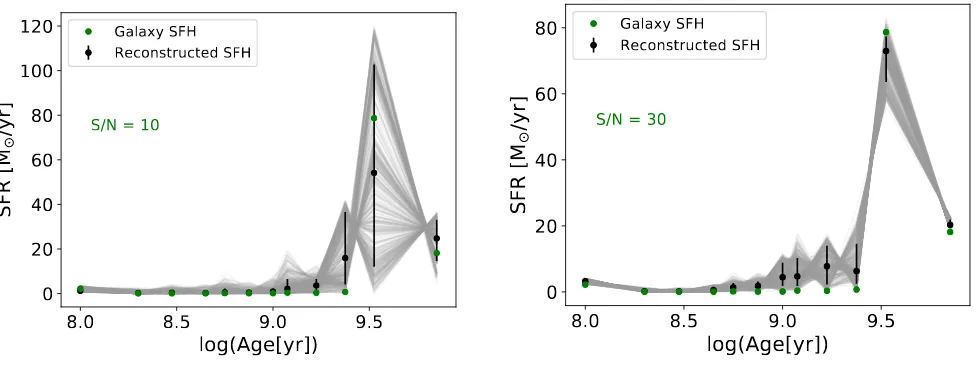Star formation histories of z~1 galaxies in LEGA C
Full text
Figure




Related documents
performance. Using cross-sectional data from 260 long-haul truck drivers, we: 1) used factor analysis to identify possible latent sleep disorders; 2) explored the construct validity
This research aims to explore the various workspace of food truck kitchen focusing on those operated in Kuala Lumpur and Selangor areas. Therefore, the objective of this research is
After extracting and examining all of the collocates of sorry (sorry-based expression) and if in Cambridge Business English Corpus, we find that condition - al apologies
The bacterial community structure of the Otaniemi samples was determined with paired-end (2 × 150 bp) 16S rRNA gene amplicon sequencing (V4-V5 region) from DNA retrieved with
Thus, the bending, tensile, hardness and impact strength tests, as well as the heat deflection and distortion temperature tests were performed in the PC/ ABS blends, and the
Similarly, the best fitting model of the second set of confirmatory factor analyses, which were performed using only the 16 TAI items (Structural Model B2: Two-factors:
In phase–I Prevalence of anxiety was assessed using Descriptive Exploratory Research Design and In phase II effect of MCIP was assessed using Non Equivalent Pre
Therefore, for that purpose, the term “deaf community” will be used in this paper to refer to the following groups as a whole: native sign language users; users of native sign





